Buying appliances for your home can be a confusing and overwhelming experience.
We’ve all been there, we want to buy an appliance but we don’t know what the best choice is. There are so many different kinds of refrigerators and ovens and dishwashers out there that it’s hard to figure out which one would work best in our homes.
This guide will help you learn about all the different types of appliances available on the market today, how they differ from each other, and when you should purchase them. Let’s get started.
#1. Air Conditioner

In hot weather, it can be hard to stay cool inside your home. For this reason, people with central air often supplement their cooling system by purchasing portable ACs that they bring into use when needed and then put away at night time or on vacation periods so as not to burden themselves too much during these times of year without constant progressions through appliances.
These units are typically quite efficient in helping make sure you’re staying comfortable despite outside conditions but many homeowners also have one installed if they live somewhere where summers regularly exceed 30°C (86°F).
There are many styles to choose from, so you can find the perfect unit for any need. If cooling one room is all that’s needed then window units will work great; if whole-house coverage and energy efficiency interests you most go central ac installation might be worth considering too- but don’t forget about those portable coolers either because they’re great for taking outside on hot days (or inside when guests come over).
#2. Air Purifier

An air purifier is used for removing contaminants from the air such as dust, pet dander, and smoke. They can be used in your home or office and are a great choice for people with allergies. Many homeowners buy them after pets enter their homes to help keep allergen levels down and remove odors too- especially if you have an animal that sheds fur.
The number of air purifiers available on the market today is somewhat astounding; there is certainly no one size fits all model that works for everyone so it’s important to research which types will work best for your home before purchasing. Some of these appliances look like fancy fans while others remind us more of high-tech space equipment than something we’d expect to find at our local electronics store.
Most models utilize filters, similar to those used in central air units, so these will need to be replaced fairly regularly. If you find the prices of replacement filters are too high though, take heart because some manufacturers offer free maintenance for an entire year with their AC units- so compare carefully before making your purchase decision.
#3. Blender

Using a blender for your drinks and meals is one of the most convenient ways to get things done quickly when you don’t feel like cooking or doing something complicated with your choices. It doesn’t matter if you are using it for mixing personal drinks or cooking; these appliances can be used for whatever is on your mind.
There are many different types of blenders, each designed to make things easier on their own. The most popular among the kitchen appliance family is the immersion blender. It works by submerging its blade into whatever object you’re trying to mix together and then turning it on (and off) like a mixer would. Its downsides are that it can be difficult to clean but it more than makes up for this inconvenience. You don’t have to worry about moving anything around because everything is done right in the container itself.
The next most common blender type is usually referred to as a ‘countertop blender’. This is the type most people think about when they envision a blender and it uses a container that sits on the counter rather than being submerged- usually with a blade at the bottom and an opening for liquid or solid objects to enter from above. It requires more effort but generates much better results because of its ability to move things around and mix them together without having to rely on anything external to work itself.
#4. Bread Machine
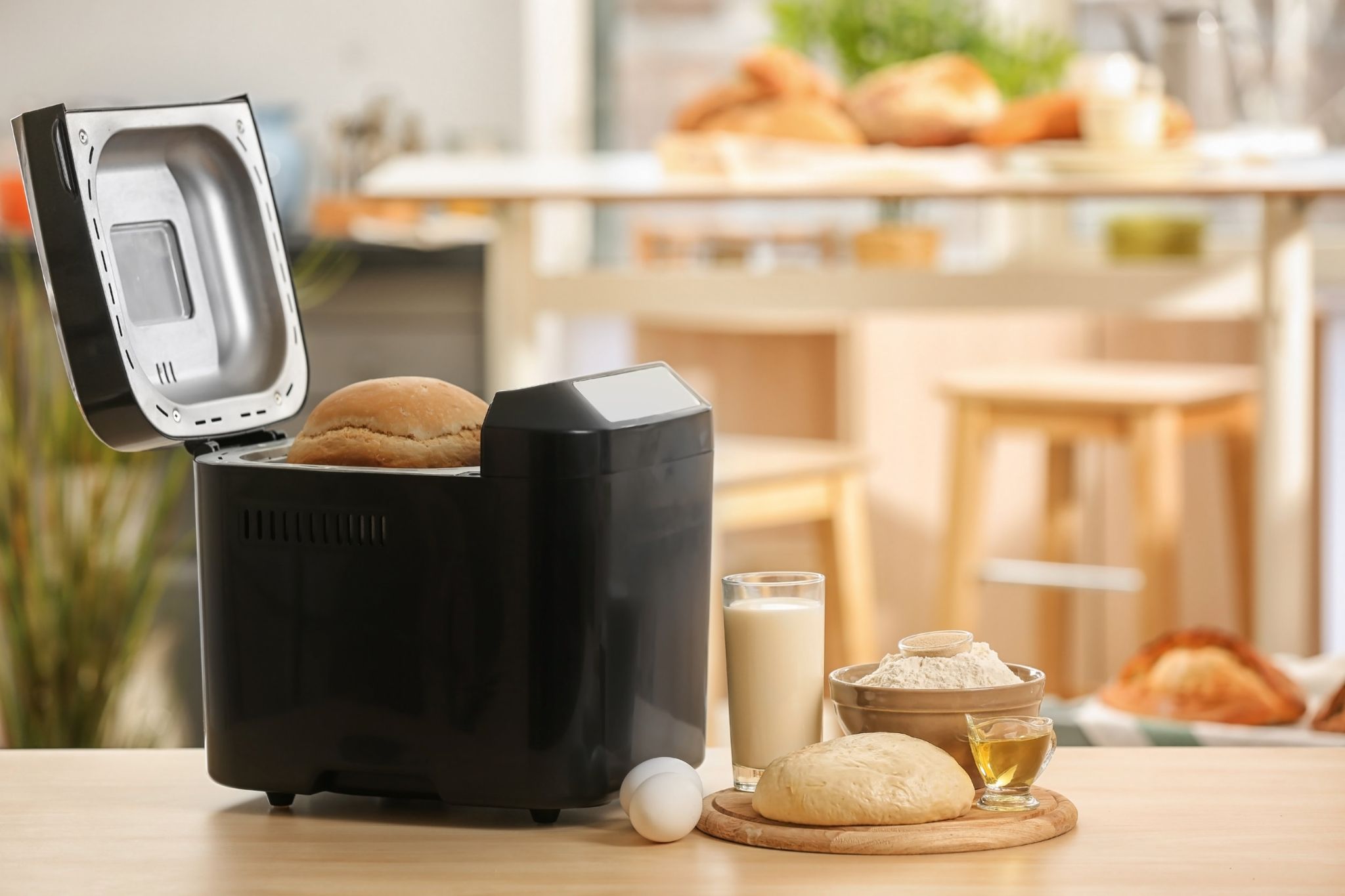
There are so many bread machines out there these days but one thing all of them have in common is that you simply add all your ingredients, turn them on, and watch as fresh bread comes out within two hours (if not sooner).
They can handle anything from standard white and wheat bread to whole grain and gluten-free recipes. And they’re not just for baking either; many people use them as a food dehydrator because you can set the heat and timer to whatever you need.
#5. Built-in Dishwasher
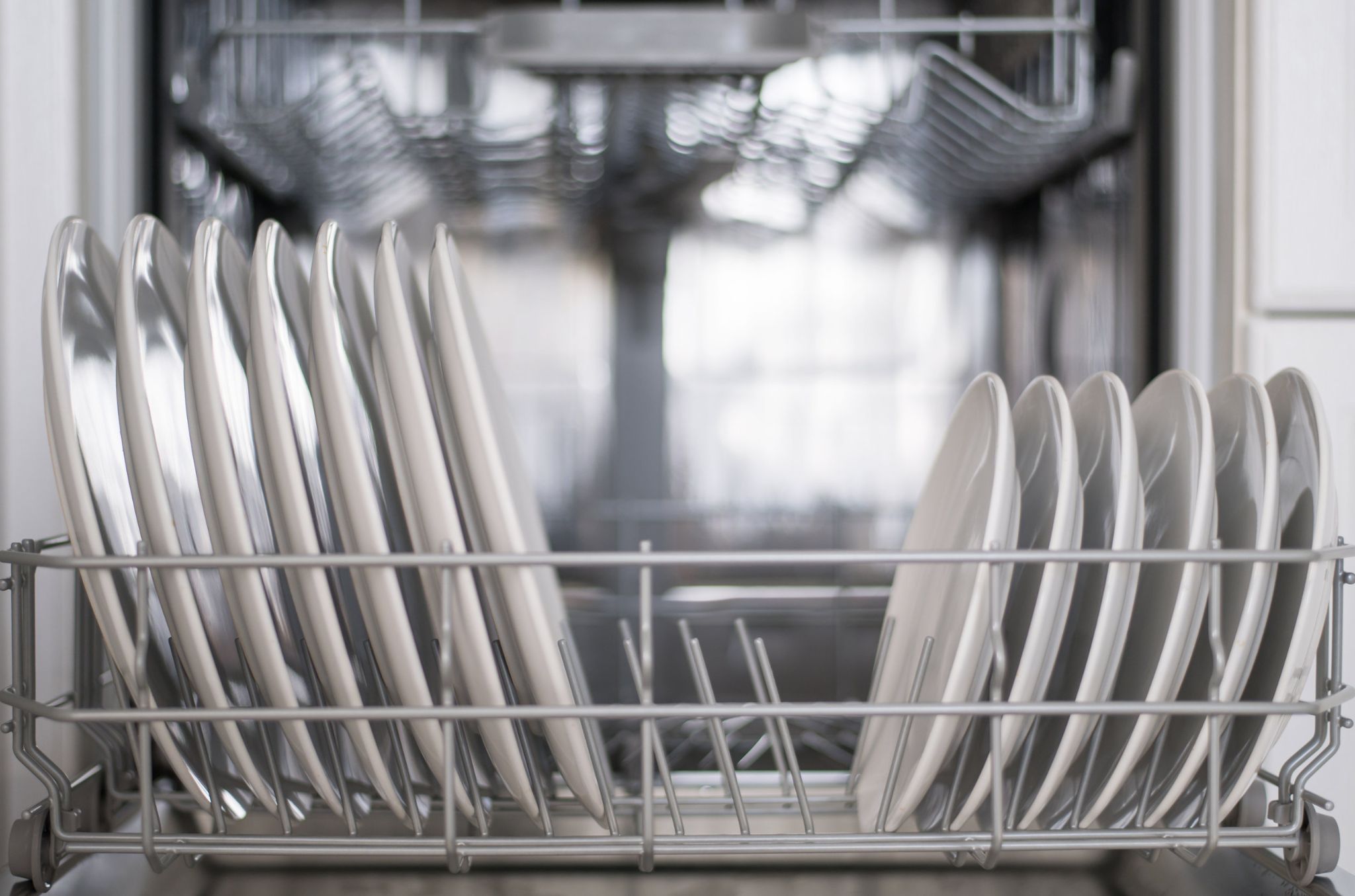
Having a dishwasher installed in your kitchen is one of the most convenient things that can be done to improve how much work goes into keeping up with dishes. It doesn’t require any extra effort on your part other than loading it up before going to bed or leaving for work.
Afterward, all you have to do is remove the clean glassware and utensils from the racks inside whenever you need them without having to worry about scrubbing anything down first. They usually have a ‘quick wash’ setting which can cut your clean time down to about an hour if you need to do a few things in a rush.
#6. Ceiling Fan

Ceiling fans are used almost everywhere these days but they were originally designed for people living in warmer climates or who wanted to take advantage of the breeze that comes from being outdoors during the summer months.
Using one indoors has always been more effective than air conditioning because it circulates warm air upwards rather than blowing cold air around and making you feel colder as a result (in turn costing you extra money). You can also use them outside for this same purpose- especially on patios, balconies, and by pools where there is usually no other way for this air to move around.
#7. Coffee Grinder
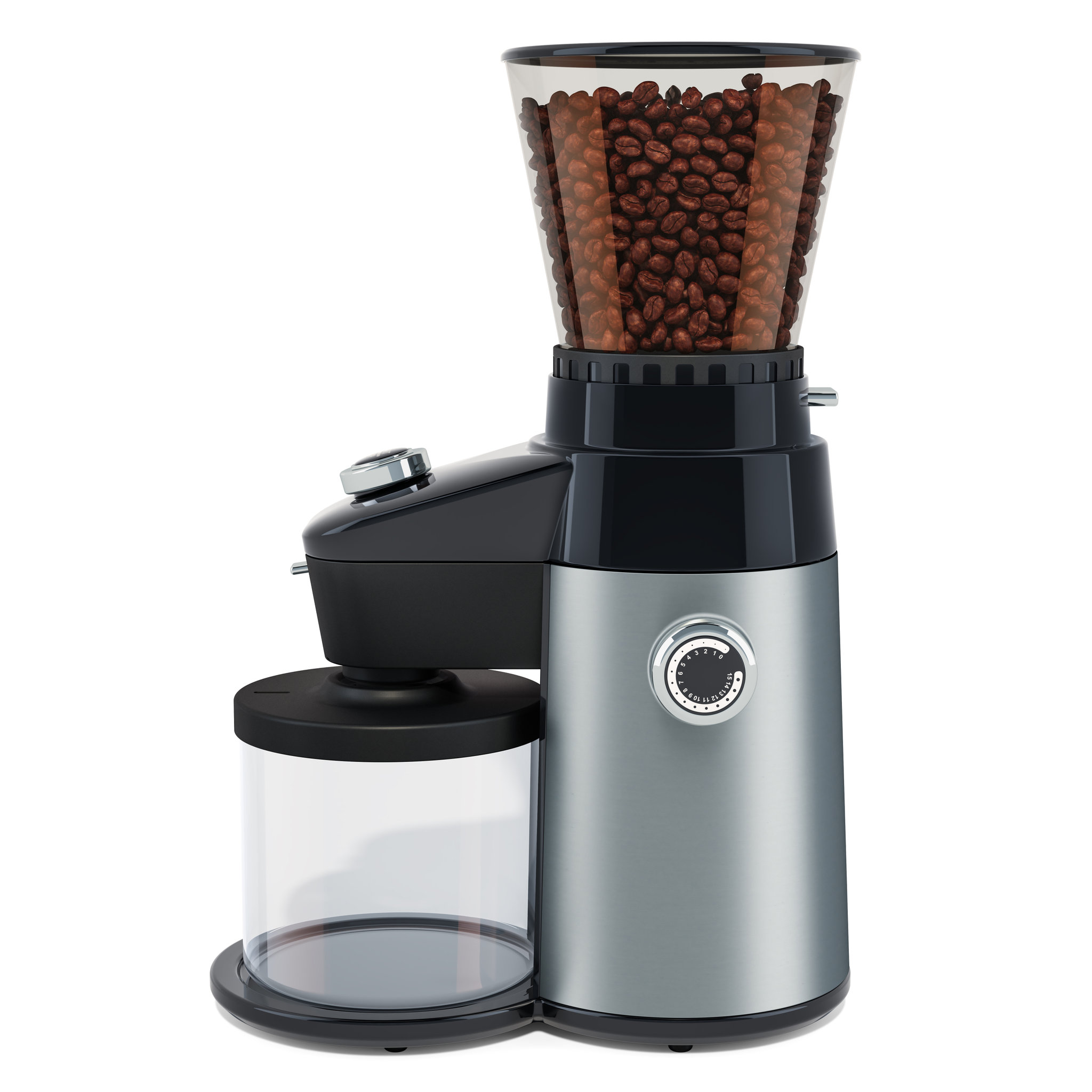
Coffee grinders are used almost every day by people who drink coffee regularly and they are actually more helpful than you may think. The basic idea is that you put your coffee inside, turn it on, and wait for it to come out in small pieces so that the flavor of the beans can be extracted all the way through them rather than just at their surface.
This means stronger tasting coffee with less bitterness overall because of how thoroughly everything has been ground up- perfect for making iced or cold brews as well as drinks that will be served hot later on (like after dinner). They also work better than normal coffee makers when preparing espresso thanks to their ability to produce small amounts at a time rather than needing to make larger batches.
#8. Deep Fryer

Deep fryers are an easy way to fry food without having to use large pots on the stovetop which can be dangerous and very difficult to clean afterward. Instead, deep fryers use less oil than you might expect (usually just enough for one serving) and cook everything more evenly all the way around because of gravity.
It’s fast, convenient, and requires little effort or attention if you want to prepare something like chicken wings or french fries- even desserts like funnel cake. Just remember that it is best used in moderation since too much fried food isn’t healthy for anyone who eats it regularly.
#9. Dehumidifier

Keeping a dehumidifier in your home or office is helpful in more ways than one. It prevents humidity from running high during the summer months and causing mold to grow so if you live somewhere with harsh weather for most of the year it’s a good long-term investment.
But, there are also certain things which can be dried out much faster when using one such as wet clothes after getting caught in the rain, used rags and towels after doing dishes, shoes after being worn outside without socks, etc. It helps remove excess moisture from the air so everything around you feels more comfortable overall- especially at night while sleeping since it can cut down on stuffiness before bedtime.
#10 Dryer

A dryer is a very common appliance most people own in their homes and it’s used to dry clothes after washing. It has a number of different settings which adjust how long the items you want to dry will be left inside for increasing or decreasing their overall warmth through heat coming from an element that needs to be replaced a few times throughout its lifetime.
They usually have at least two types of speed control so you can choose between using hot, warm, cool, etc if something comes out feeling damp when all is said and done although this depends on what kind of dryer you have/how old it may be.
#11 Food Dehydrator

Food dehydrators are similar in function to food processors but they use gentle heat instead of blades to remove water from food and keep it at a low temperature. This is useful for making certain types of snacks like beef jerky or fruit roll-ups because they can all be prepared quickly and taste much better than what you would normally buy since they were made the same day without additives.
It’s easy to do yourself and doesn’t take much time, effort, or money- especially if you already have a dehydrator (which aren’t expensive) and other ingredients on hand to use as well as fruits, vegetables, and meat which need to be consumed soon before going bad.
#12 Food Processor

A food processor has many uses in the kitchen but most people think of it as an appliance that can help them in making a lot of different types of dishes- including dips, sauces, and spreads. It’s also helpful for creating doughs or pastries when making things like pizza or croissants by kneading the ingredients together just enough to achieve the desired consistency without overworking them (which will make them tough instead of flaky).
Although it isn’t an absolute necessity for cooking, it can be nice to have if you enjoy experimenting with new recipes on a regular basis because it lets you try out more unusual ones which may prove difficult using other appliances such as having to chop everything into tiny pieces before placing them in the oven.
#13 Freezer

A freezer is especially useful when buying food items that were on sale because it lets you stock up on more than you would normally buy at a regular price so you don’t have to go to the grocery store every day. It preserves food by keeping it cold so it stays fresh for longer, which means less frequent trips to your local grocer since everything in there was bought from them during the last trip and will be used before anything from a different store is added to the mix.
Since most appliances need electricity, gas, or propane to run properly which can rack up a large electric bill during each month of using one, a freezer will let you reduce that cost because nothing needs constant reheating or defrosting when it comes time to eat which wastes energy compared to leaving everything inside until needed instead of opening the door to find out you have no room for something.
#14 Garbage Disposal

A garbage disposal is a helpful appliance which many people don’t think about, but it does make life easier when you can dispose of your food waste quickly with one simple twist of the disposal itself. It typically consists of spinning blades that grind up whatever was placed inside before it gets washed away by water from an attached pipe leading to a drainage system in most homes unless there is a need to install a septic tank for sewage instead- with some even coming equipped with two separate systems so they can work alongside each other without becoming damaged or clogged.
If you throw away too much at once, that will cause trouble but if you use them correctly they can make cooking and cleaning easier by creating fewer piles of dishes to wash when you’re finished.
#15 Generator
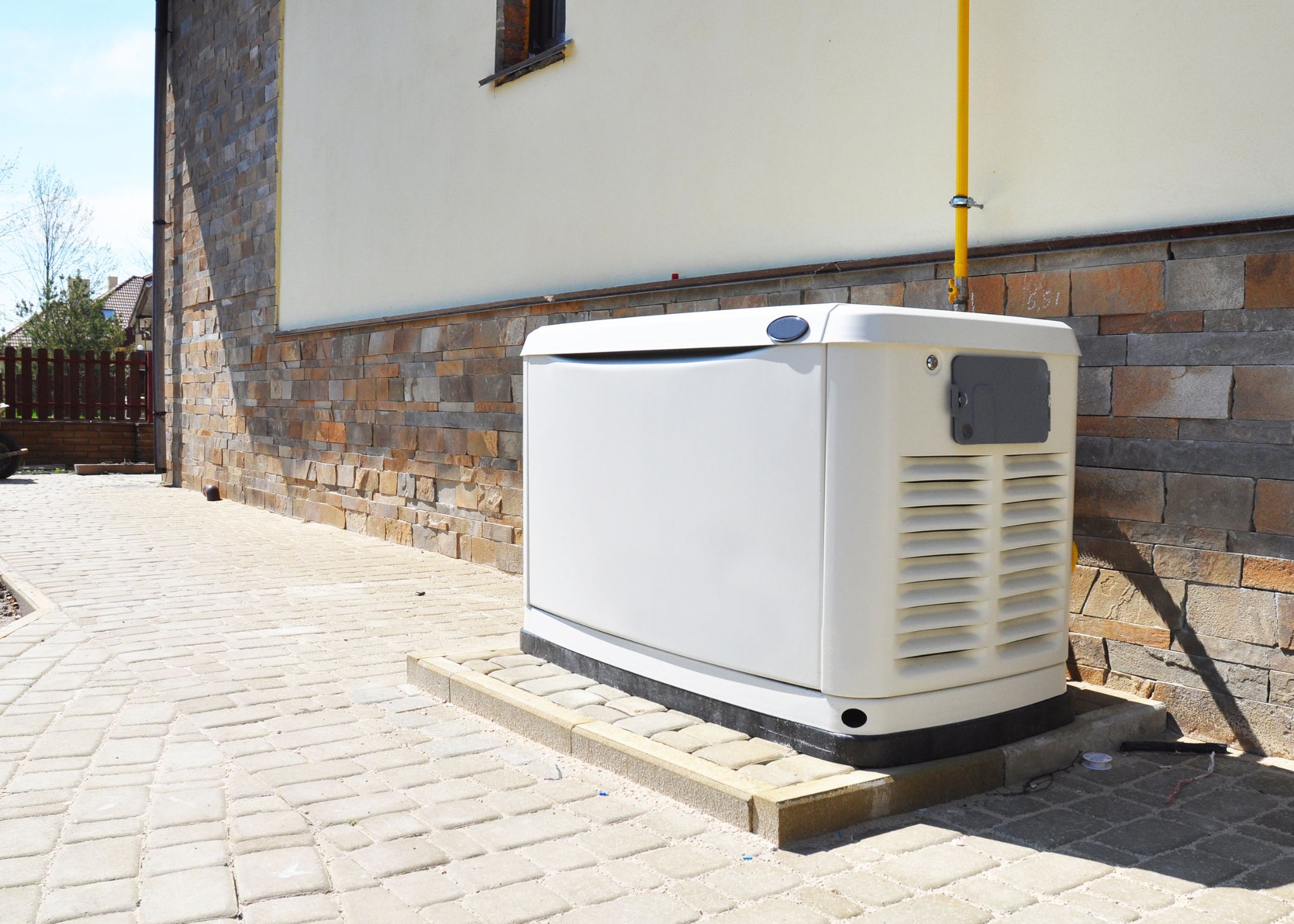
A generator is a great appliance to have because it can help you power your home after the electricity goes out which—unless you live in an area that gets hit by hurricanes or tornadoes- will probably happen during either winter or summer when the weather conditions are cold enough to cause ice on wires, tree branches falling over, and other electrical problems.
If it’s not used properly though, there’s always the potential for it to become dangerous so make sure everyone who lives in the house knows how to use it safely because there should be extra safety measures taken if children are present.
#16 Humidifier

A humidifier makes the air feel less dry by adding more moisture into your surroundings so you won’t have to breathe as deeply to get the same amount of fresh air as you would be able to during colder weather, and since it’s an appliance that needs electricity to run- unless you go with a water-powered one instead- it can generate excess humidity if not used properly.
If someone accidentally leaves it on overnight (or for several hours after everyone has already gone to bed), there is a higher chance that the humidity levels could rise too much and create mold because it’s near impossible for homes in some areas to stay dry enough without help from one of these appliances.
#17 Ice Cream Maker
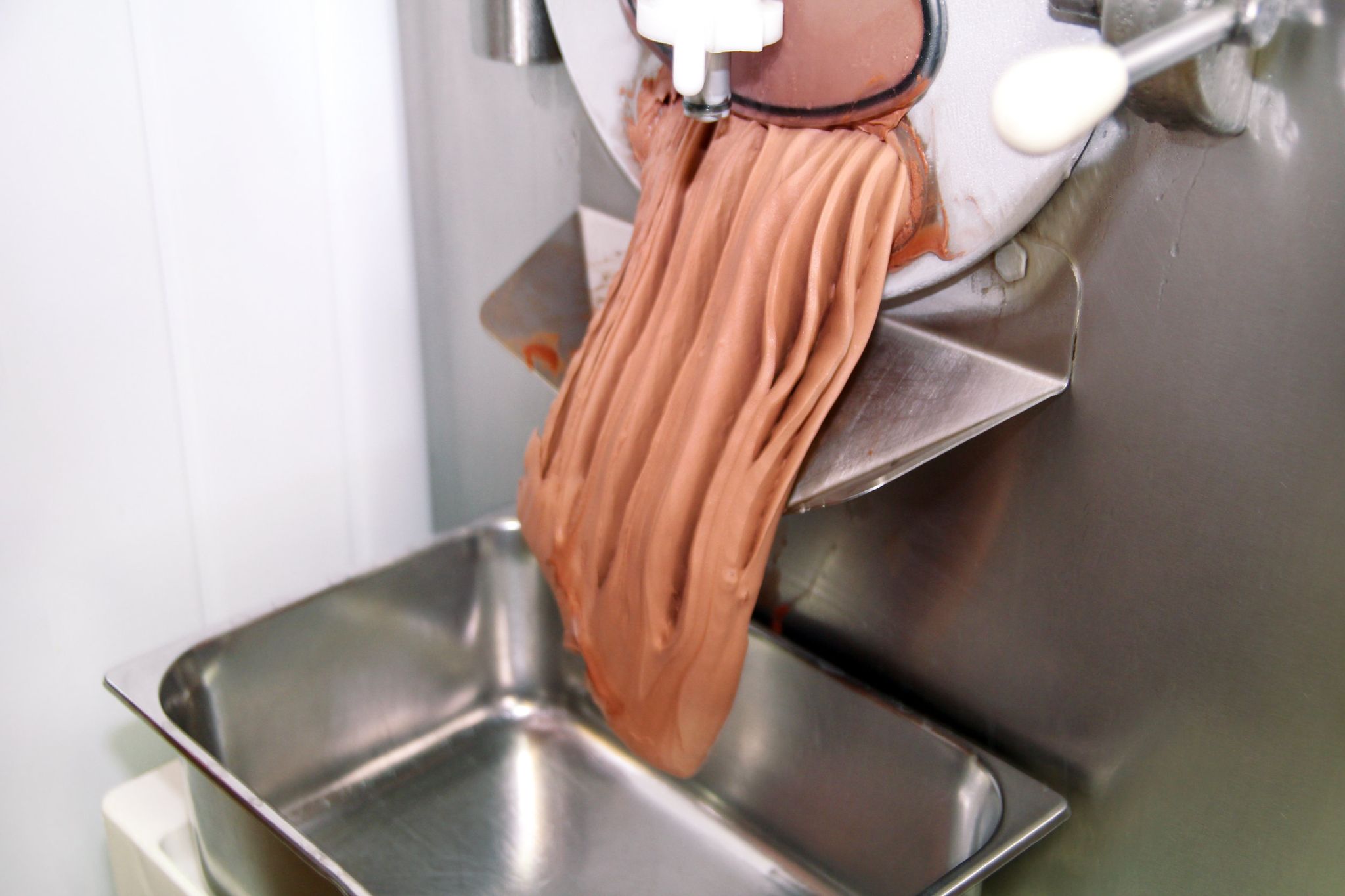
An ice cream maker is a fun appliance to have around because it can make some tasty treats that the whole family will enjoy after a busy day of work or school. You can choose from a variety of flavors using ingredients you already have in your home, and since the majority of these machines don’t need many parts to run they are very easy to clean afterward as well.
That makes it more likely for everyone to use one whenever desired without worrying about taking too long to clean up so they won’t be able to start making things again right away- though mixing by hand can take less time than this option does.
#18 Instant Pot

An Instant Pot is a good appliance to invest in because you can quickly cook food using it, and since there are several different parts that go along with making one of these works- such as the inner pot, sealing ring, cooking rack, and lid- there’s plenty of room for various foods or liquids.
It also has easy-to-read screens and buttons on the front which makes it even easier to operate than most appliances because finding out how they work can be difficult without proper instructions if you don’t already know what to do previously.
#19 Iron
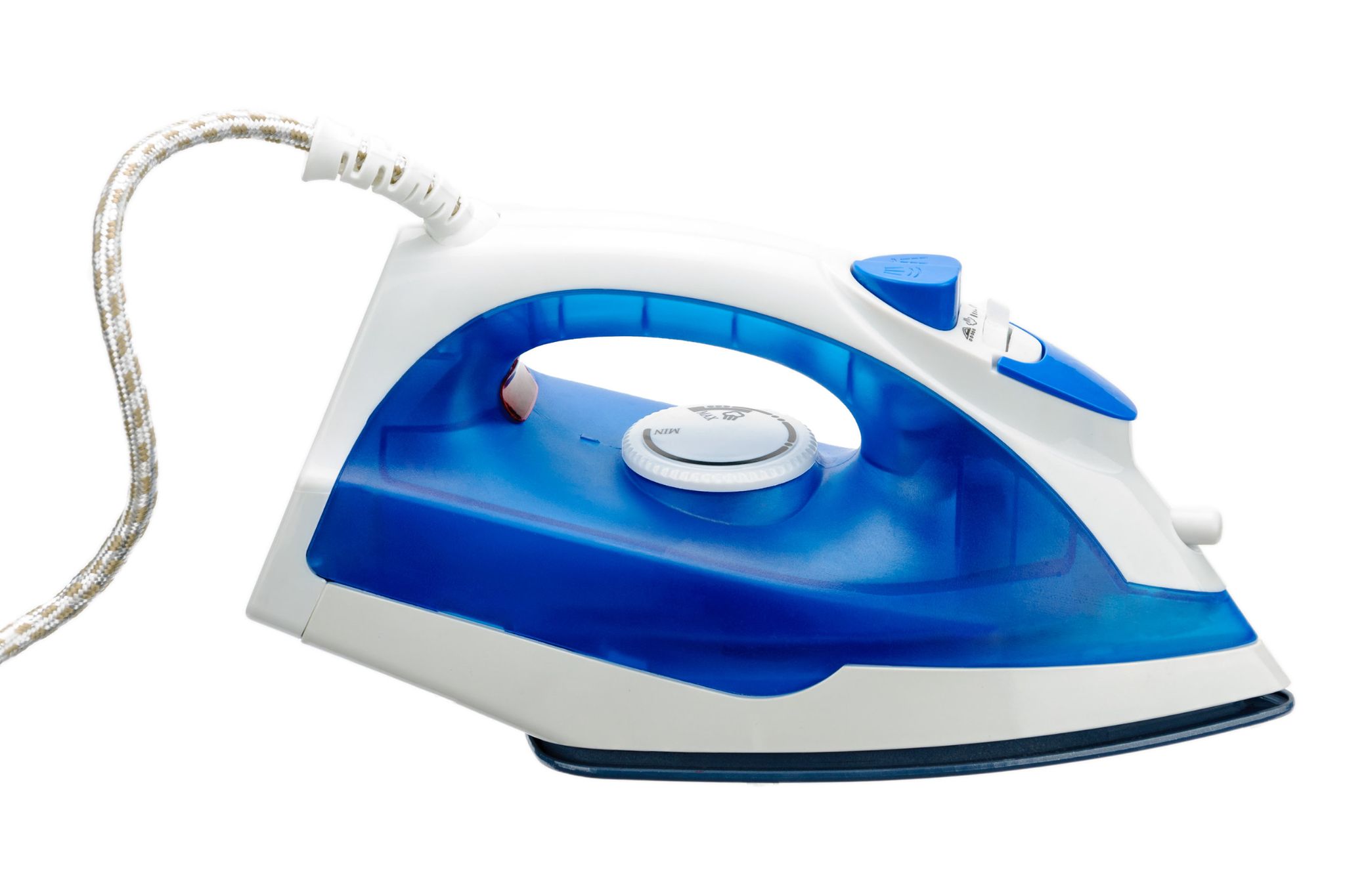
An iron is a great appliance that many people may not think about owning but it makes short work of any wrinkles that clothes might have picked up during travel by using steam that makes the clothes easier to fold and look like they were carefully ironed by a professional.
These appliances also use electricity, and if someone accidentally spills water on them, there’s a risk of getting shocked or electrocuted- which is why we often advise other people not to forget about safety first whenever it comes to using appliances in general.
#20 Juicer

A juicer is an appliance that can take the pulp from different fruits and vegetables after you juice them with another piece of equipment such as a blender or food processor then separate out all the juice that came from those ingredients so it can be either drank right away or saved into containers that can be kept in the refrigerator until later when more is needed for whatever you plan on making.
#21 Microwave

You probably already know what a microwave can do but it’s still worth mentioning here because having one in your house means you don’t have to worry about getting electrocuted when using one of these appliances- unless someone accidentally spills water or food inside of them, that is.
It heats up foods quickly without the need for anything other than electricity, and though they’re easy enough to clean with soap and water- especially if you don’t spill anything inside of them- they still require more effort than many other smaller appliances would take to get back into working order again after extensive use.
#22 Oven
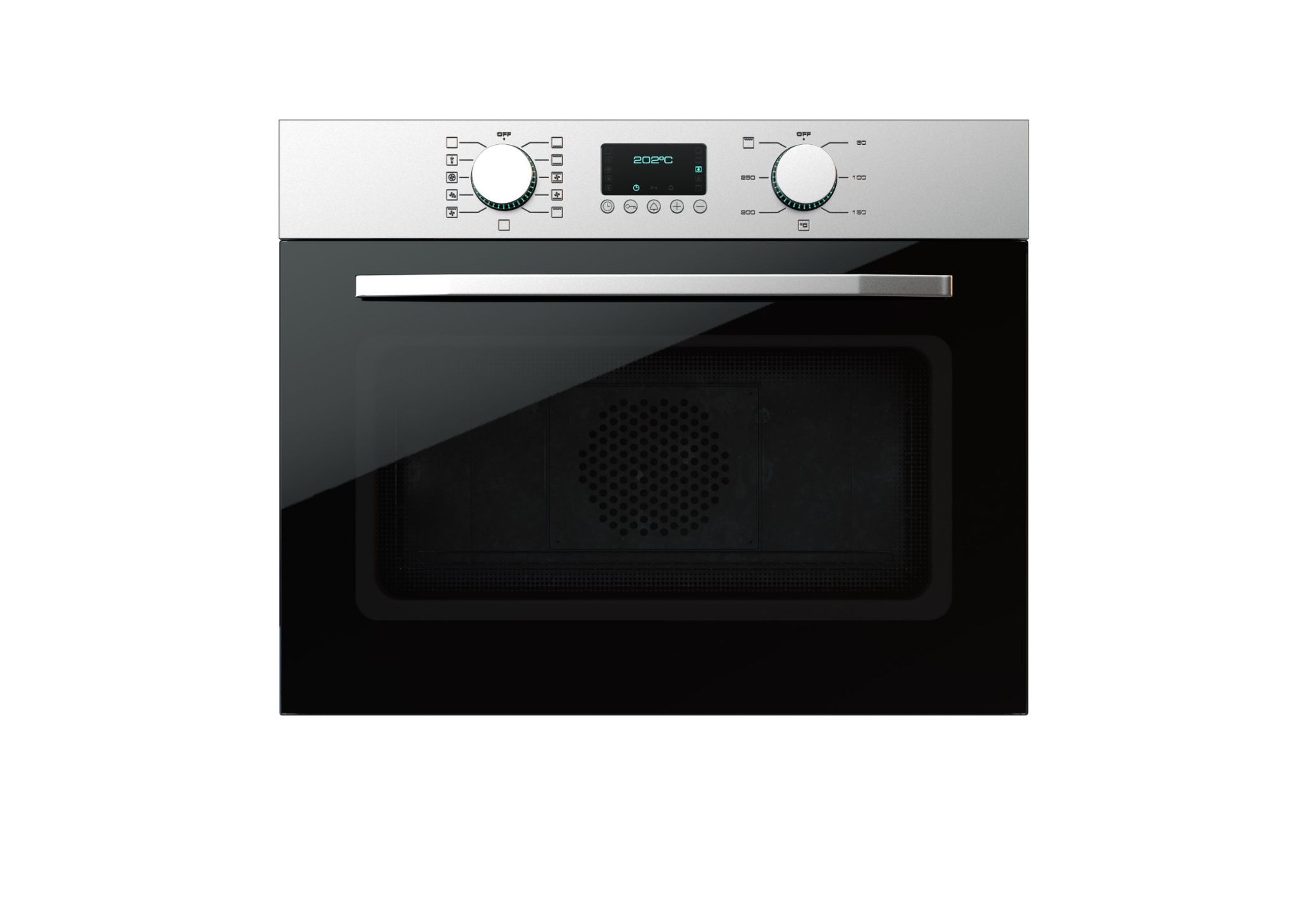
Ovens are another appliance that most people probably know how to use properly since kitchens usually come equipped with them in restaurants these days.
They make things like pizzas, breads, cakes, and other foods that are baked at certain temperatures for a certain amount of time because the proteins in the food are broken down properly after being heated up correctly.
#23 Panini Maker
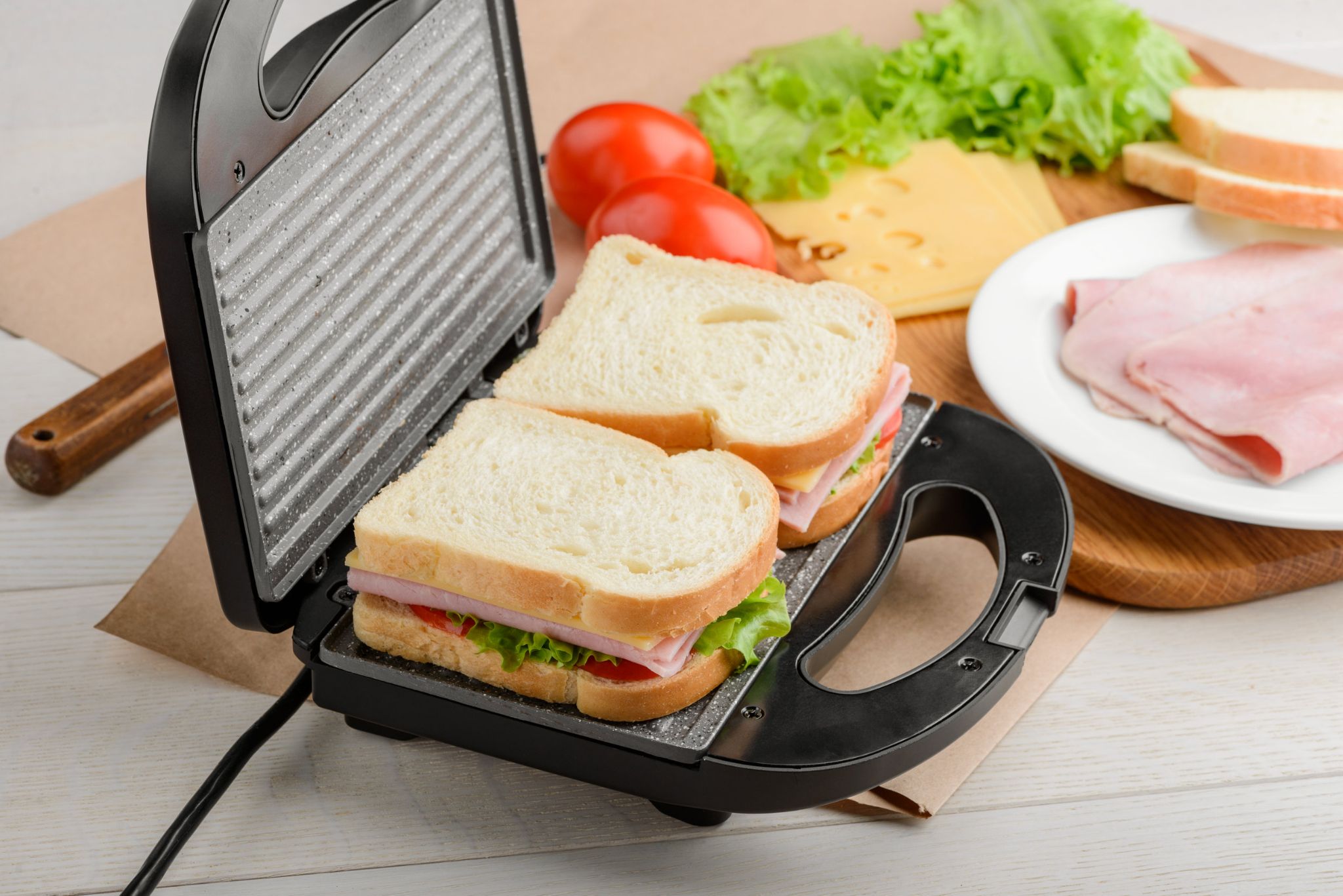
A panini maker is another kitchen appliance that can come in very handy when it comes to making quick sandwiches that still have enough taste to them but not much effort is needed on the part of the person using this tool.
You just have to place various ingredients inside then close it so they get cooked evenly with each other based on how long you keep it closed before removing something from these appliances when they’re finished cooking.
#24 Popcorn Machine

A popcorn machine is another item that can make something like this in record time because it requires little work on the part of the user other than adding popcorn kernels, oil (or butter), and salt to a pot-like machine then flipping a switch or two to make sure things get heated evenly.
Once the right amount of time has passed after turning it on, you can remove what was cooked from this appliance and enjoy some tasty snacks with your friends or family.
#25 Portable Dishwasher

A portable dishwasher is a great idea for anyone hosting a party at their home where there are more dishes that need to be washed after food is served for everyone who came over, especially if nobody volunteered to clean up all those dirty plates and glasses that still have plenty of food stuck inside of them.
This kind of appliance is usually placed on top of a counter or sink and can be taken down to the garage for storage if the person who uses it doesn’t plan on using it for a while after washing all those dishes from earlier.
#26 Refrigerator

A refrigerator keeps food fresh without needing much work done by the user unless someone accidentally spills water or other liquids into one of these appliances.
Some refrigerators also come with a freezer that’s used for storing ice cream, meats, fish, vegetables, and other frozen foods- some of which need to stay cold but not frozen solid in order to be properly stored inside until they’re needed to cook with later on at some point during the week.
#27 Rice Cooker
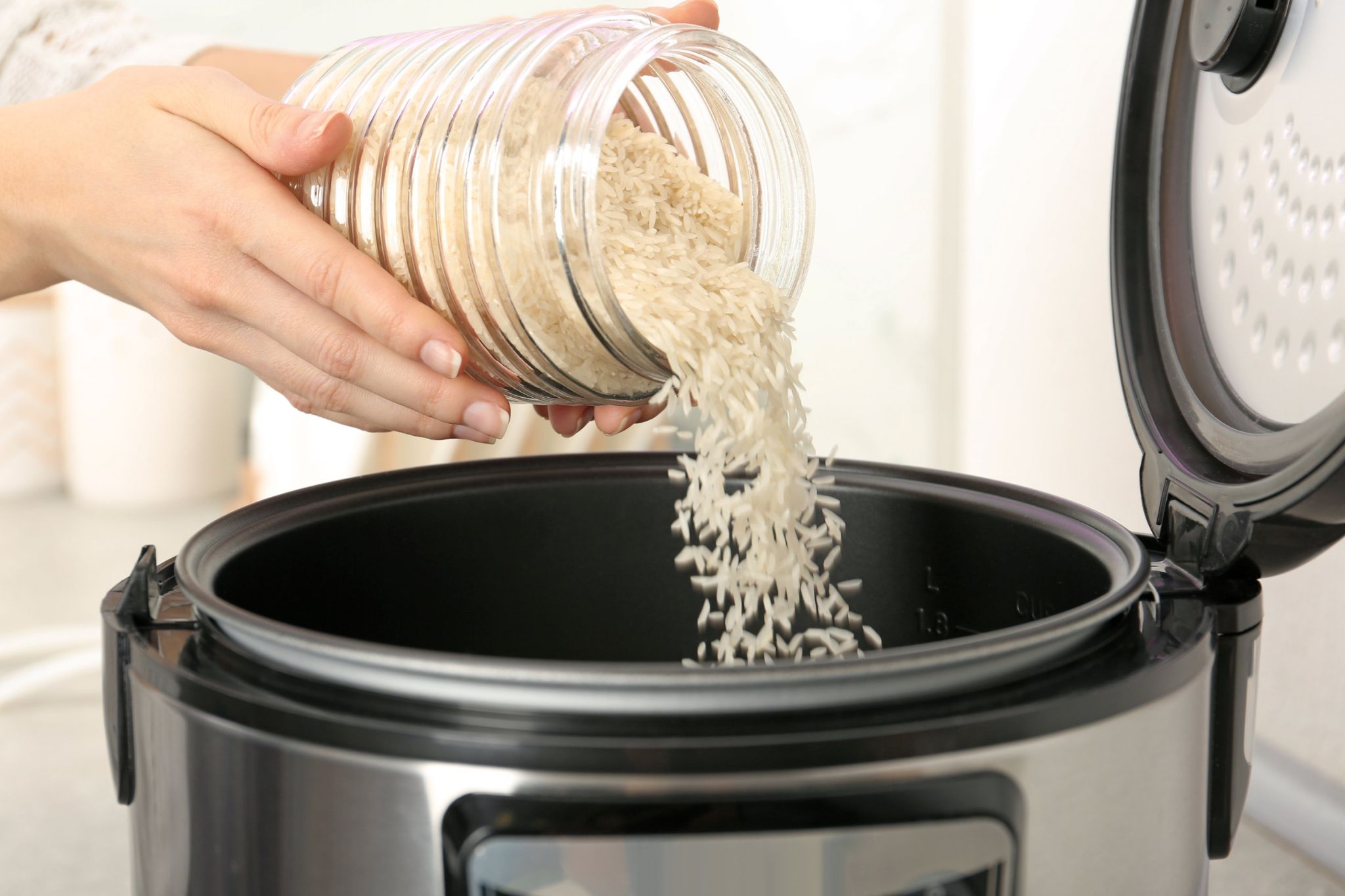
A rice cooker is another kitchen appliance that comes in especially handy when you want to make a certain kind of food without having to worry about the rice inside drying out after being left on a counter for too long- or not long enough because sometimes people end up burning this type of food even though they’re supposed to leave it in for a certain amount of time before removing it from these appliances.
#28 Robot Vacuum

A robot vacuum can be programmed by anyone who uses one of these tools so there’s no longer any need to waste time and energy moving around toys while cleaning the floors if pet hair or other things has been collected within them over time.
You just have to place your vacuum inside then press the button which tells this appliance to get started on the work it was programmed for, and have fun playing with your kids while it does all of this for you.
#29 Sewing Machine

A sewing machine is a standard tool that almost every homeowner who likes doing things around their home will want to own so they can fix clothes or other materials whenever necessary without having to pay someone else a lot of money in the process.
It’s easy enough to use once one has been taught how but can take some time before that happens if someone isn’t familiar with what goes into making something out of nothing- or not quite nothing since there are always pieces from old clothing which can be recycled instead of thrown away.
#30 Slow Cooker

A slow cooker works great for anyone who likes to cook things at home but doesn’t want to do it all day long, which is why this appliance was invented in the first place.
Instead of using a stove or other types of cooking products that can cause fires if something gets too hot while being left unattended for several hours on end, people use these appliances slowly then take whatever they cooked out once they’re finished doing their job.
#31 Stainless Steel Appliances
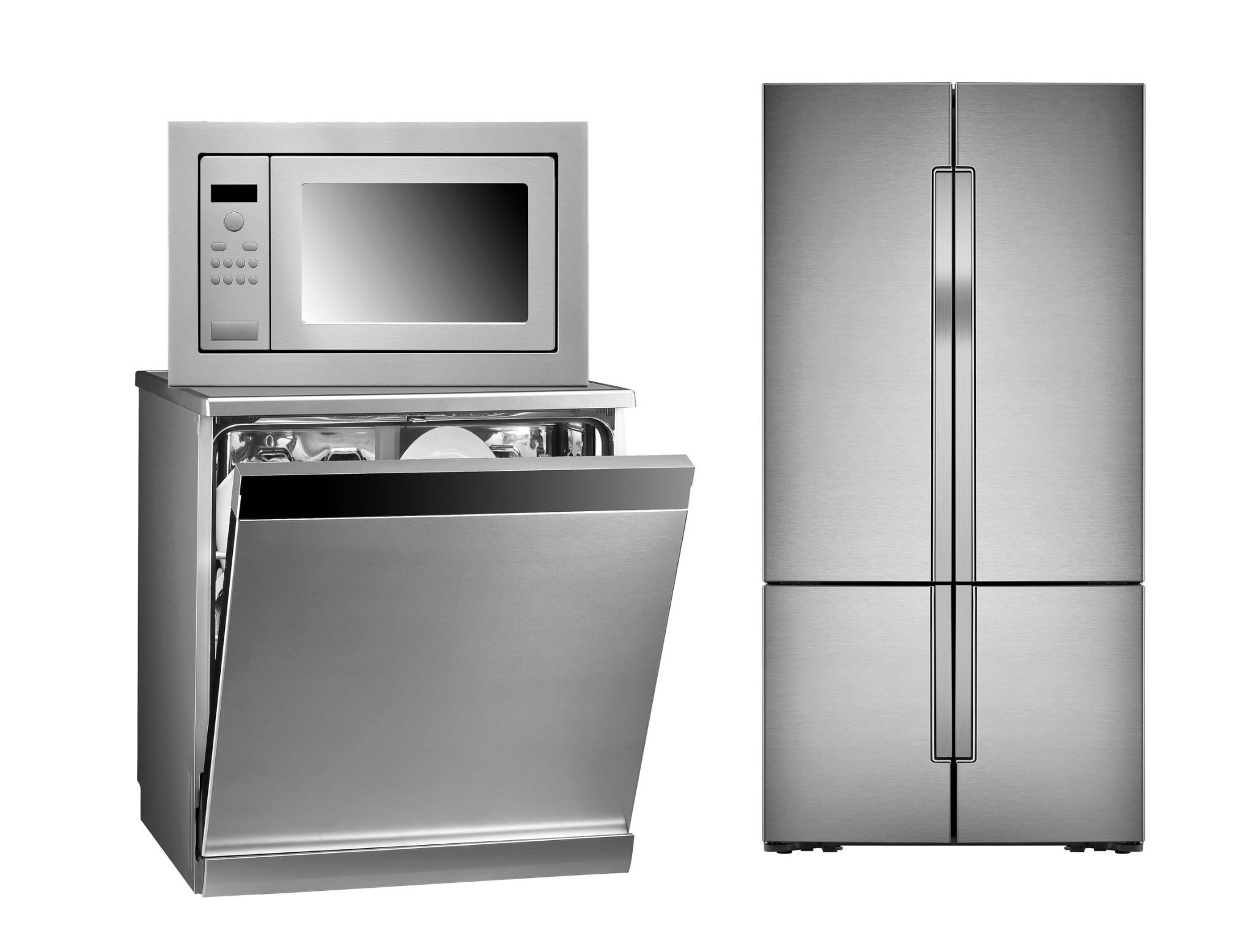
There are so many different kinds of appliances available for people to choose from today when they go shopping for new tools that anything’s possible, especially if you happen to have some extra cash lying around somewhere so you can replace your old appliances with brand new ones made out of steel since these items don’t get damaged as easily when things get too messy in the kitchen.
Stainless steel is also really easy to clean, which is something that anyone will appreciate if they happen to have it installed inside their house somewhere for everyone to use whenever necessary each day.
#32 Electric Knife
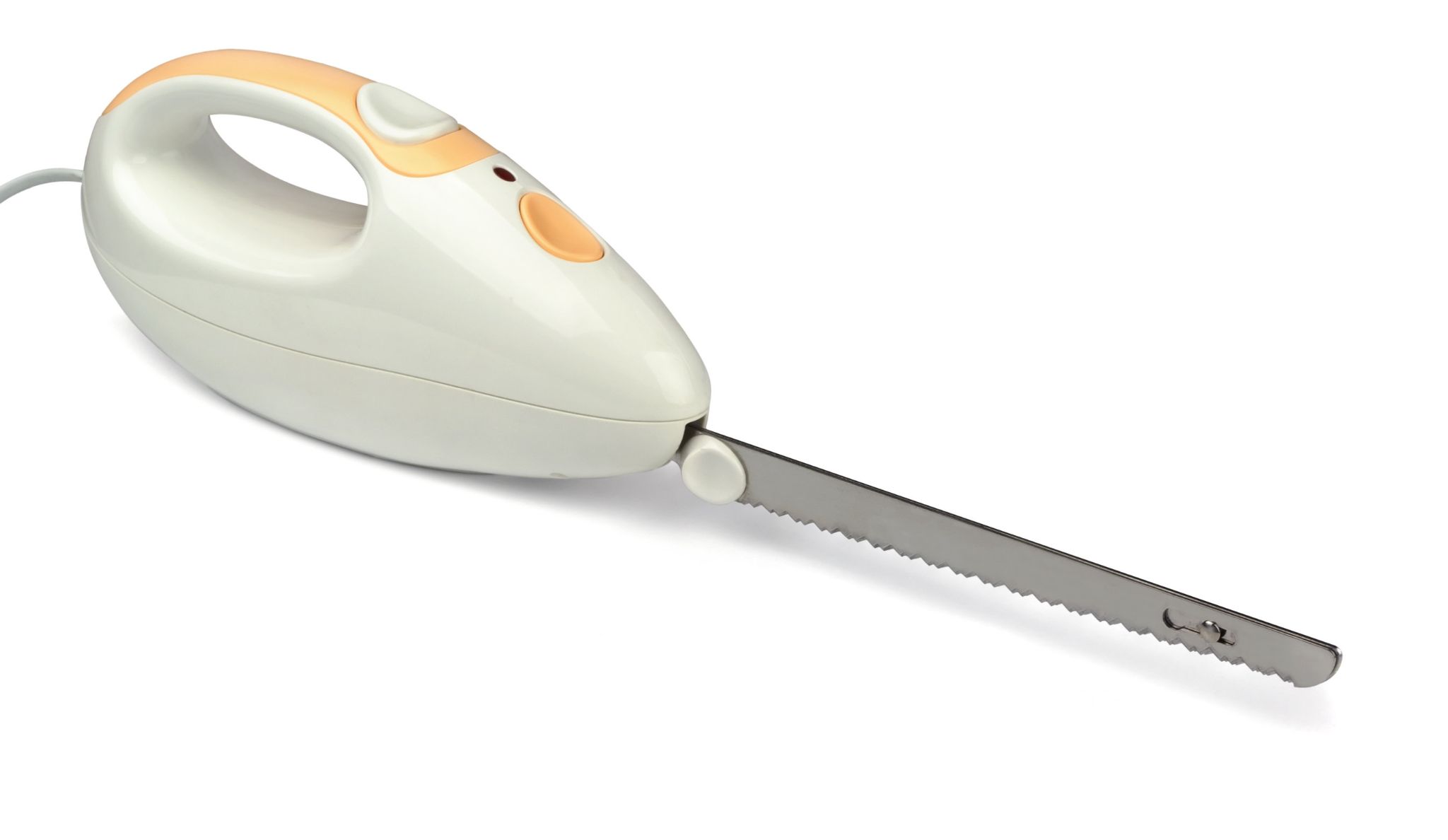
An electric knife doesn’t come cheap but is definitely worth it over time if you plan on hosting dinner parties or other events where people are very likely to be eating a lot of different types of food without doing dishes in between since everyone has already eaten what they wanted by this point.
It’s helpful when someone knows how much force should go into cutting certain foods without wasting too much energy or getting frustrated when nothing happens- and clothes aren’t stained red after accidentally stabbing themselves with the tip of this knife since it’s that sharp.
#33 Smoker

A smoker is good for people who like to cook meat, fish, or other types of food in the back yard so the entire house doesn’t have to smell like whatever was being cooked up all afternoon despite people already being done with their dinners.
There are also smokers that work for cooking vegetables if someone wants to use this appliance on non-meat products but it’s not recommended since most people will only buy these smoking tools when they intend on grilling things up once they’re out of the box.
#34 Space Heater

Space heaters are useful when someone wants to keep their room warm without paying too much money for heating units installed inside during the winter seasons each year, or whenever someone has an event at home that requires people to be dressed up in their finest clothes instead of wearing something more casual since all of this will make it harder for them to stay warm without having a heater nearby.
They’re also very easy to operate, which is why someone would choose to use one instead of going outside and waiting for the snow or rain to go away whenever they get too cold despite trying everything else they knew how to do.
#35 Stand Mixer
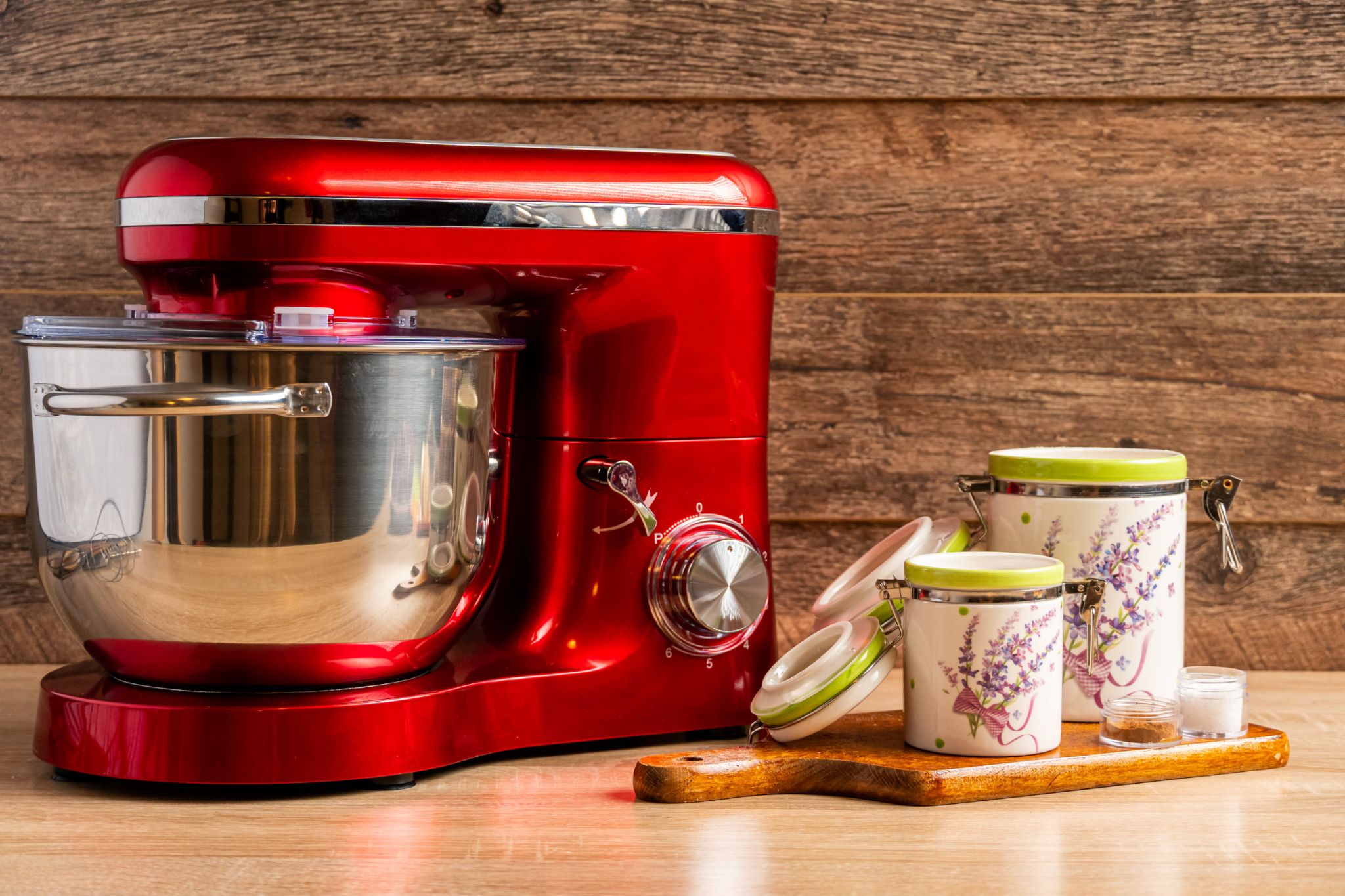
A stand mixer comes in handy when someone wants to cook up cakes, cookies, breads, muffins, and other kinds of food which require the use of different accessories including whisks and other types of tools that can help mix things together so they turn out just right instead of being such a mess that it’s nearly impossible to clean.
They’re good for people who don’t mind buying appliances that can do multiple different things although they might not be too useful whenever someone just wants to cook up a few eggs and toast in the morning before work since this is better done by hand.
#36 Steam Cleaner

A steam cleaner is best used when someone has pets inside their house or lives in a place where there’s likely to be a lot of dust because this will make it easier for them to get rid of dirt from curtains, furniture, counters, and other types of surfaces without needing any special cleaning supplies which could potentially damage this appliance if they ever got mixed together with something else.
The steam itself does most of the work all on its own as long as the water is inside the tank and someone knows how to plug it in without making a mess because this kind of appliance can make it harder for people to see straight if they got hit with the steam by accident.
#37 Toaster Oven

A toaster oven has basically replaced a toaster and a conventional oven ever since everyone realized that getting one of these appliances was better than having two separate tools that were only used for specific reasons at home since someone would have no use for either once all of their toast was gone each morning.
These appliances are good for people who like baking small pastries, cooking up similar foods that require different temperatures, or just reheating things quickly so they’re warm without wasting too much energy or time on something that can easily be done with this type of cooking tool.
#38 Vacuum Cleaner

A vacuum cleaner is good for people who don’t mind spending at least $300 just to get their carpets, floors, and hardwood cleaned up so they look better than the day they were first brought inside along with all of the furniture which was also given a once over by someone using this kind of appliance so everything turned out looking fresh again without having to pay more money for someone else to do it later on down the road.
This thing can suck up dirt if someone uses it correctly without getting too close to anything that might break or get damaged when there’s not enough space between them and whatever else is around these tools while they’re in use.
#39 Yogurt Maker

A yogurt maker is good for people who eat a lot of dairy products, don’t mind spending hours each week making their own yogurt from scratch so it’s fresh and tastes better than the brands they can buy at a store, or have a friend or family member who has been asking them to make some for them as a gift.
These appliances are good for people who prefer eating something else instead of trying out new recipes because there’s rarely any other reason that someone would need one of these tools since this type of food is relatively cheap to buy from anywhere else.
#40 Waffle Iron

A waffle iron is perfect for people who have a sweet tooth and need something they can use to heat up their favorite kinds of sugar-filled snacks on a regular basis so they don’t have to depend on the one thing someone else has made for them, which is usually some kind of syrup or another type of topping that isn’t always going to be available every single day.
People who partake in this type of cooking while still being able to enjoy what they’ve been given by someone else will get plenty of enjoyment from using this appliance whenever it’s time to chow down without feeling too guilty about getting fat since there’s nothing better than having a hot breakfast before heading out for work each morning if someone were to get started around the right time.
#41 Washing Machine

A washing machine is good for people who need to get their clothes cleaned up every few days or so, which means they’ll probably spend at least $150 on one of these appliances before knowing if it’s really going to be worth the price tag considering the other things someone could buy with that kind of money.
Money might not be able to buy happiness but it can help make everyday life a little easier and buying something like this appliance should definitely fall into that category since it will basically allow someone to take extra clothes home without worrying about what happens when they get there since laundry day isn’t always going to happen.
#42 Water Heater

A water heater is perfect for people who live in colder areas where ice tends to form outside overnight and needs to be dealt with as quickly as possible so the pipes don’t freeze or burst while someone’s still inside getting ready for work.
These appliances are good for making sure everyone has hot water throughout their home without wasting too much of it on anything other than showers, washing dishes, and cooking up food at home since there will never be a shortage of cold weather outside which means people won’t have to worry about their tanks running dry overnight during some, particularly chilly nights even if they do insulate them properly.
#43 Water Purifier

A water purifier is perfect for people who have limited access to good drinking water every day of the week, which means they’ll probably spend at least $75 on one of these appliances before knowing if it’s really going to be worth the price tag considering the other things someone could buy with that kind of money.
It’s easy to get a water filter that goes right on your tap, but if you want clean drinking water with no taste or odor then those will never be enough. You can always buy one of these cheaper filters for when the quality of the water is more important than anything else; however, there are whole-house systems as well which do an excellent job eliminating toxins and contaminants from home plumbing altogether.
#44 Air Fryer

An air fryer is good for people who like to eat fries and other types of fried snacks, which means they’ll probably spend at least $100 on one of these appliances before knowing if it’s really going to be worth the price tag considering the other things someone could buy with that kind of money.
An air fryer will basically allow someone to get their fill of fried treats without having to worry about whether or not there’s enough oil leftover in the tank whenever they want them which is usually every single day no matter how much someone eats.
